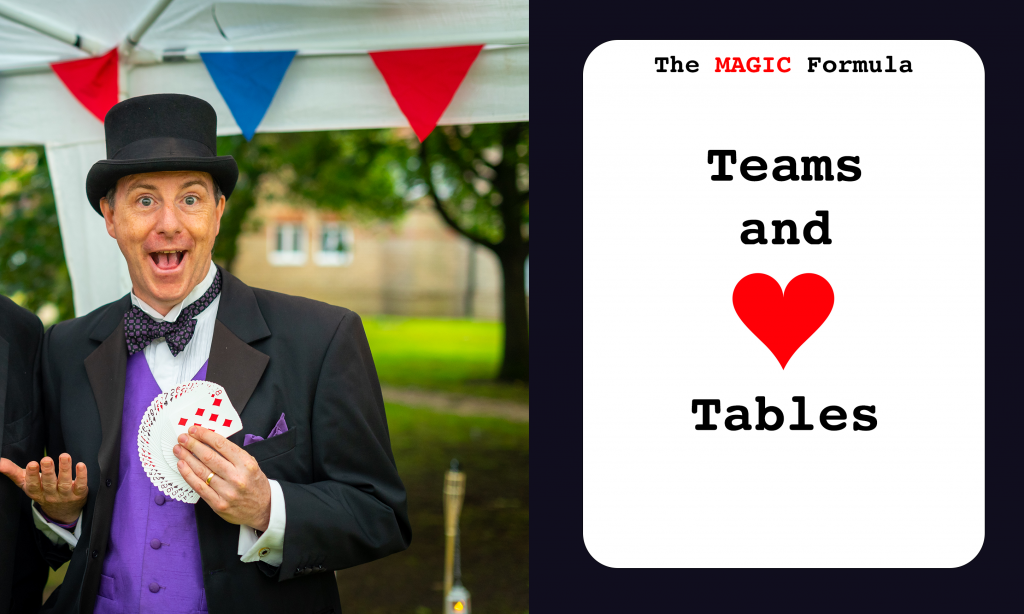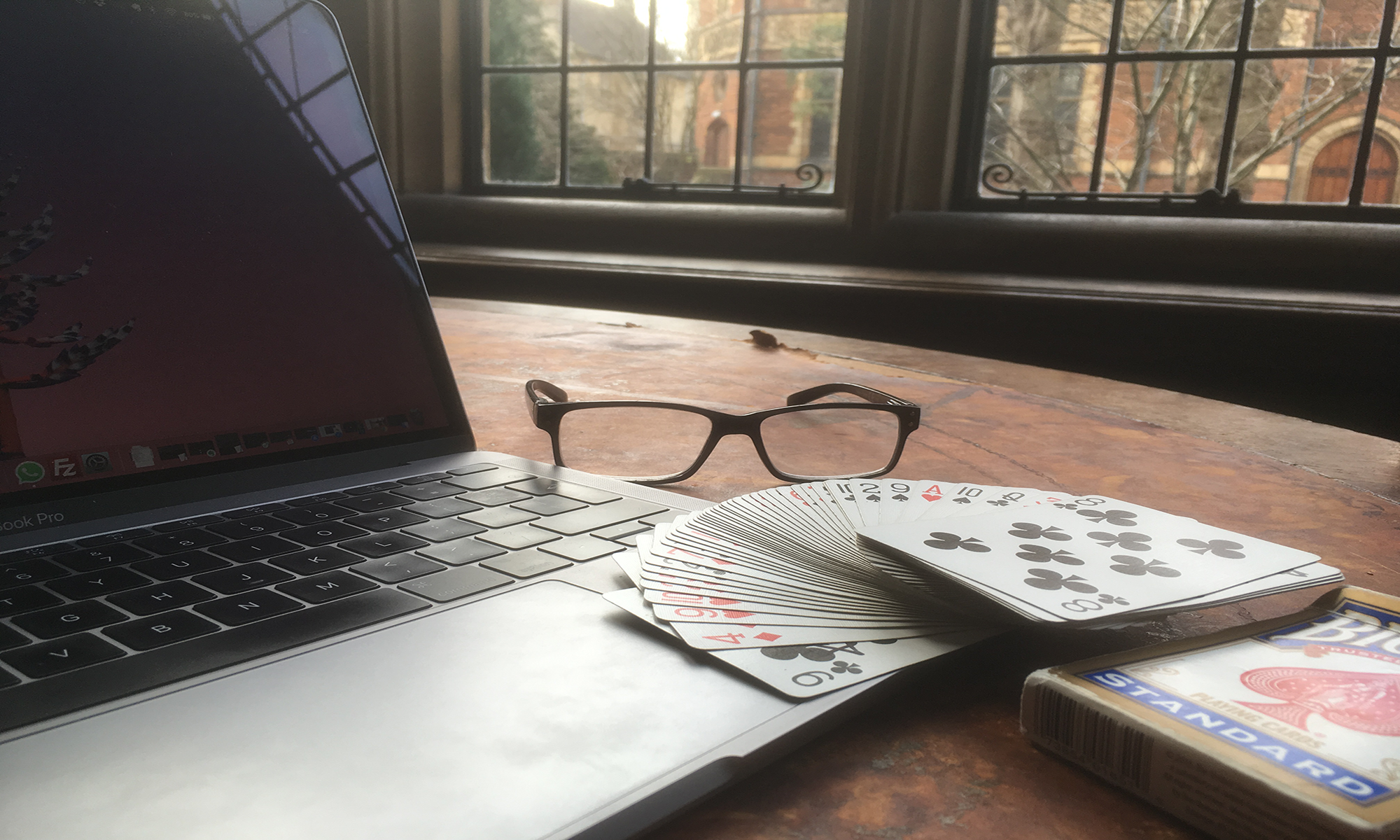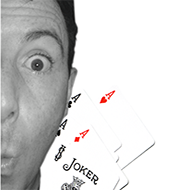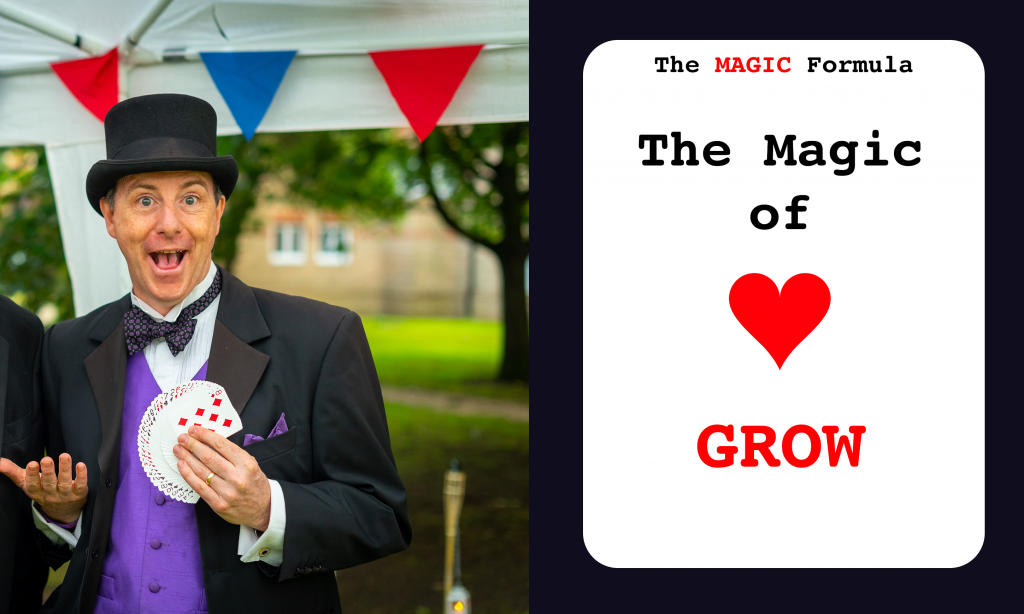
The MAGIC formula:
Moving
Attuning
Giving
Inspiring
Connecting
—
I have been working as a close-up magician for the last 25 years. I have entertained at thousands of events – hundreds of tables at weddings, corporate parties and significant birthdays.
At the same time, in the other half of my life, I have led and been a member of several teams. Recently, I have been interviewing many other team leaders about their experiences and challenges. Many thanks if you are one of them!
I have observed that many of the challenges facing a close-up magician approaching a table of guests are very similar to those facing team leaders. I have also realised that the MAGIC formula may be applied in both situations.
—
We have been around our imaginary wedding table and met all the characters. We have seen each personality’s unique challenges and how a magician might react in each case.
In the next few posts, I would like to make some general observations from working with the table as a whole to gain some valuable insights for team leaders.
Lift Them Up
As a magician, the first lesson for me is that it is all about the audience. They are the most important, I am there to serve them, and I need to do all I can to lift them up.
Likewise, as team leaders, our most important job is to serve our teams.
How might we do this?
Working through the MAGIC formula:
Move: I need to make my audience feel something. Most of the time, it will be most beneficial to stimulate positive feelings. As a performer, I want them to feel amazed, intrigued, excited and mystified, but I also want them to feel comfortable and relaxed. I might need some help from an audience member at some point, in which case I want them to feel confident in me and brave enough to take the risk of taking part.
Very occasionally, I might want to make the audience feel uncomfortable as part of the dramatic flow of a routine, e.g., by making them think that I have screwed up a trick and leaving an awkward silence. But I only want to do this if I know the situation will be temporary and quickly resolved and that the feeling of discomfort will only serve to heighten the effect that follows.
It is similar when leading a team. As a leader, you want your team members to feel comfortable and confident working with you and with each other. You want them to be energised, confident and excited. Occasionally you might want to throw in a bit of discomfort as a motivator, as long as you can also show that there is a way out by you all working together and triumphing somehow.
Attune: Magic at tables works best when you correctly judge the mood and characters of the table and tailor your presentation and routine to seamlessly start from that point.
In the same way, as a team leader, you will find it much easier if you can attune to the character and mood of your team members, both individually and as a group.
When performing magic, I have to work with the audience I have, not the audience I wish I had. As a team leader, I have to work with the team I have, not the team I wish I had. If you get it right, your actual team may eventually become very similar to your ideal team.
Give: One of the founders of The Magic Circle, David Devant, once coined the phrase “All done by kindness”. This saying is much loved by magicians and a great mantra for life and leadership in general.
When performing at a wedding table, I need to provide an experience that the guests could not have had without me being there. My role is to give them something that will stick in their memories with good feelings, maybe cause them to think a little differently about magicians, their lives and their fellow humans. This might sound a little grand for a magic performance, but I have had enough chats with audience members to know that it is possible. At the very least, I can aim to give everyone a positive and enjoyable time.
How and what can you give to your team members as a team leader? I would suggest, for starters, encouragement, fun, opportunities to learn and grow, information and your time.
Inspire: I want to leave my audience with a slightly different view of the world, one that will cause them to act differently, if only slightly. Maybe this will simply be in their reaction to future magic performances? Perhaps it will be in their thinking about how the human mind works or how different people see things in different ways? Maybe they will want to go and learn some magic tricks themselves?
How can you inspire your team? What do you want them to want to do as a result of interacting with you? It is worth considering that you will inspire them to act in one way or another no matter what you do! This might be positive or negative. It is more likely to be positive if you are intentional about it. Spend some time thinking about how you would like to be inspiring your team and how you might be able to go about it in your actions, encouragement and general dealings with them.
Connect: The more successfully I can connect with an audience and individual audience members, the better the resulting performance will be. It is exactly the same with team members. Time spent one-to-one with team members or in building relationships with the whole group will never be wasted.
Elevation
How can you serve your team?
How can you lift them up?
—
Help Please!
I am writing a book about using The MAGIC Formula to manage yourself, particularly if you work from home.
If you are a freelancer, self-employed, or work from home in another capacity, I would love to talk to you.
If you would like to help, please get in touch: https://www.work-life-magic.com/contact/


